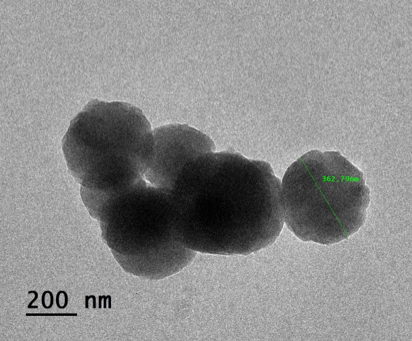Revista Mexicana de Ingeniería Química, Vol. 19, No. 3 (2020), Alim936
Effect of processing parameters on astaxanthin nanoemulsions with stearic acid using ultrasonic emulsification
|
G. A. Flores-Miranda, J. Yáñez-Fernández, E. San Martin Martinez
https://doi.org/10.24275/rmiq/Alim936
Abstract
 |
|
Astaxanthin is a food colorant with exceptional antioxidant activity. Here, nanoemulsions were prepared via an ultrasound emulsification method. We evaluated the effect of lipid concentration (4-7 %), surfactant concentration (0.1-2.0 %), and sonication time (15-30 min) on the particle size while holding astaxanthin content (0.2%) constant. The particle sizing used transmission electron microscopy (Cryo-TEM) and dynamic light scattering including ζ-potential. The antioxidant activity was studied as a function of ABTS+ radical concentration, and a spectrophotometric method was used to study the stability of the nanoemulsions over time. The increase of the sonication time and the amount of emulsifier reduce the particle size. The best conditions to prepare stearic acid and astaxanthin nanoemulsions were: 4.0% of lipid concentration and 2.0% for surfactant content employing a sonication time of 15.0 min. Having also under these conditions a lower loss of antioxidant activity and greater stability at the end of the storage period against non-emulsified astaxanthin
Keywords: Nanoemulsions; Ultrasonic emulsification; Stearic acid; Astaxanthin; Antioxidant Activity.
|
|
 |

